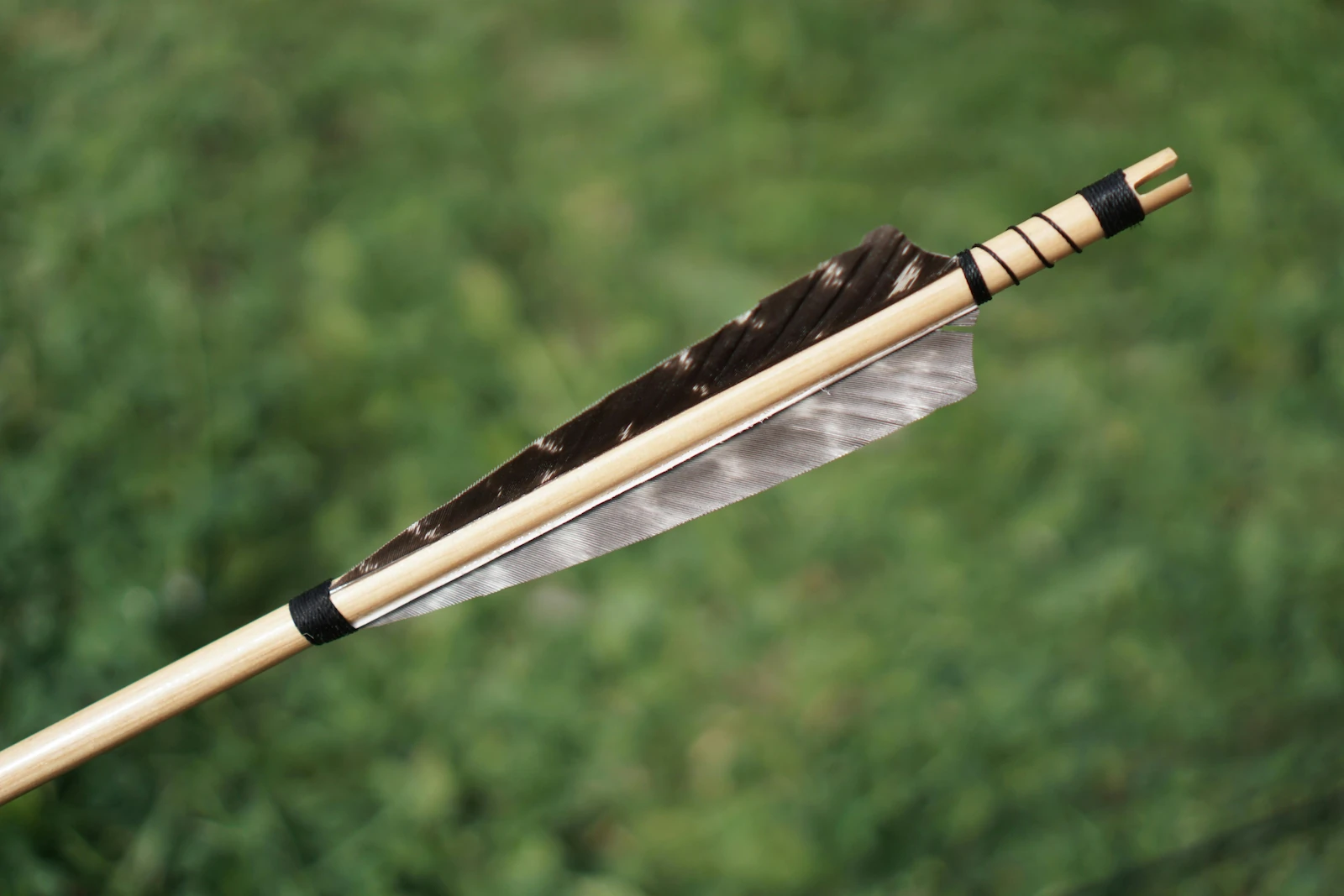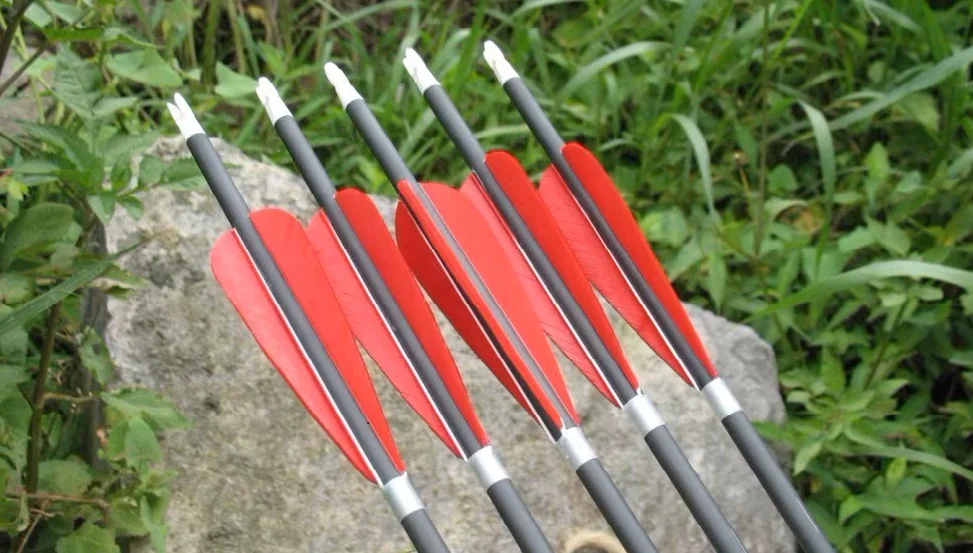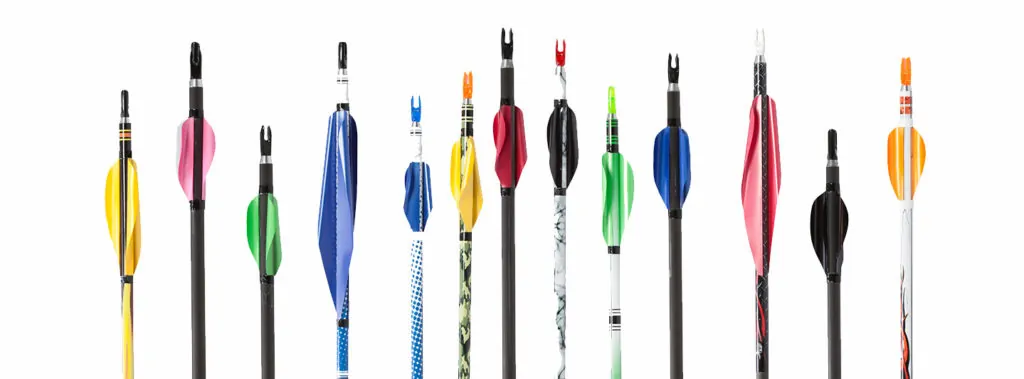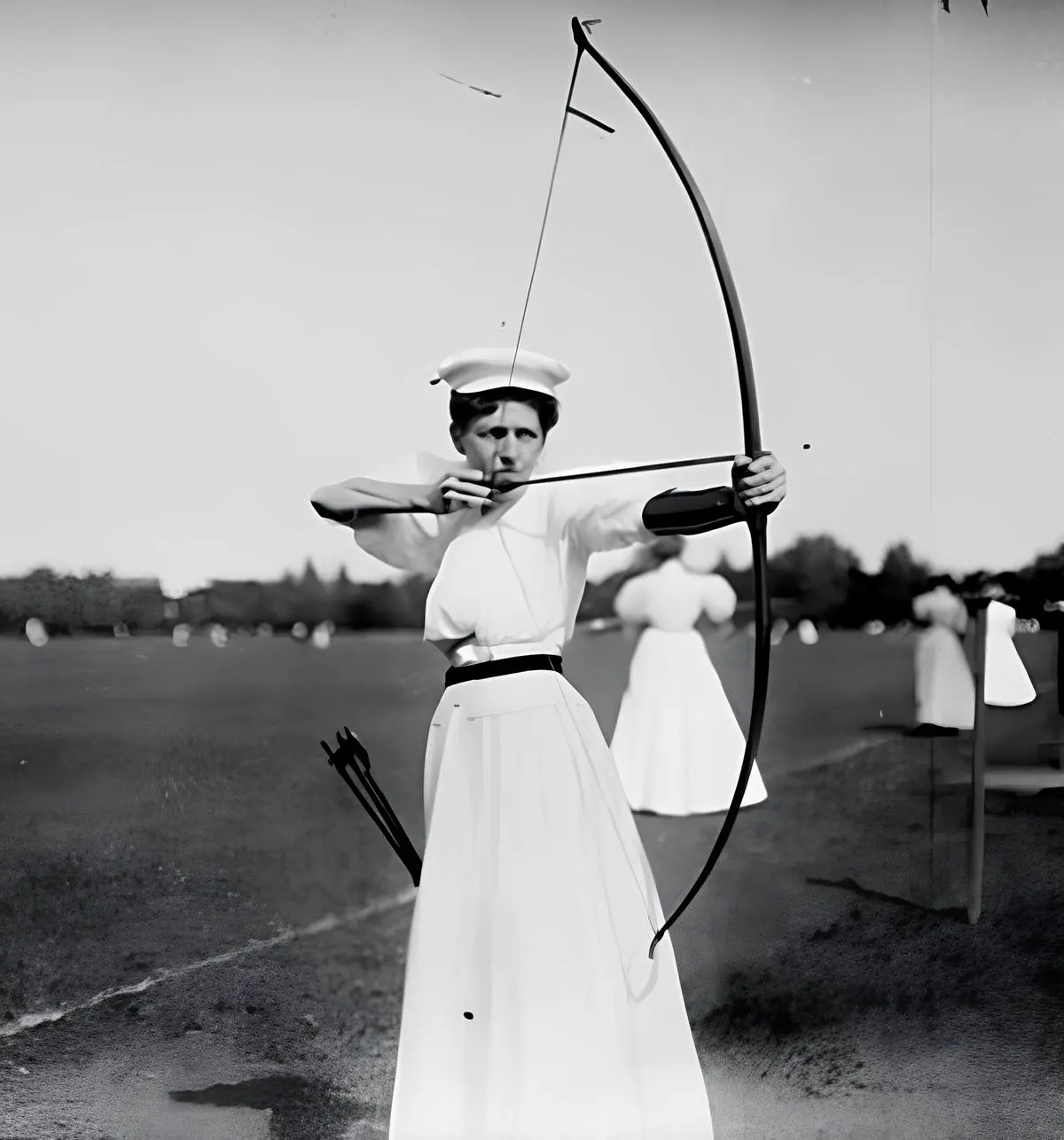Arrow Fletching Types & Offsets: Improve Accuracy & Stability

Understanding Arrow Fletching: Types, Benefits, and How Offset Affects Performance
Fletching plays a critical role in arrow flight, stabilisation, and accuracy. Whether you're target shooting, bowhunting, or competing in field archery, the type of fletching you choose — along with how it's configured — can dramatically impact performance. In this guide, we’ll explore the different types of fletching, their specific uses, the pros and cons of each, and how offset affects arrow stability and grouping.
What Is Fletching?
Fletching refers to the vanes or feathers attached near the nock end of an arrow. These help the arrow maintain a stable, straight flight by introducing spin and correcting minor errors in release or aim. Typically, arrows are fletched with three vanes spaced evenly around the shaft, though some configurations use four.
Types of Fletching Materials
Feathers
Feather fletching is the traditional choice, used for centuries by archers worldwide. Often sourced from turkey feathers, they’re lightweight, flexible, and highly forgiving of minor contact with rests or risers. A damaged feather can frequently be smoothed and repaired by squeezing between finger and thumb.
- Advantages: Excellent stabilisation, especially at slower speeds. Performs well with recurve bows and traditional longbows.
- Disadvantages: Not waterproof — wet feathers lose structure. More prone to wear and tear compared to synthetic vanes.
- Best For: Traditional archery, barebow, indoor target shooting, and lower-speed setups.
Plastic Vanes

Plastic vanes are the modern standard, made from materials like polyurethane. Available in a wide range of shapes and sizes, they’re durable and weather-resistant, making them ideal for compound shooters and outdoor use. They are usually fixed to the shaft with glue.
- Advantages: Durable, waterproof, and consistent in shape. Less maintenance than feathers.
- Disadvantages: Slightly heavier. Can cause clearance issues on some traditional setups.
- Best For: Compound bows, high-speed arrows, hunting, and outdoor target shooting.
Spin Wings and Mylar Vanes

Spin wings and other mylar vanes are ultra-lightweight, flexible fletchings designed primarily for competitive recurve archery. They introduce significant spin, enhancing stability and grouping at long distances. They are usually fixed to the shaft with tape.
- Advantages: Low weight, high spin rate, improved long-distance grouping. Ideal for Olympic-style recurve archers.
- Disadvantages: Fragile and susceptible to tearing. Require careful application and frequent replacement.
- Best For: Recurve competition archery, particularly FITA and 70m rounds.
Caution: Spin wings are very popular, but they are fragile. In competition, groups will be tight and fletchings will be damaged. Bring spare arrows or be prepared to refletch on site. Examine them after each end and repair/replace immediately.
Shapes of Fletching and Their Impact
Fletching isn’t just about material — shape matters too. The shape influences drag, noise, and stabilisation.
Shield Cut
Often seen on feather fletching, shield cuts provide moderate drag and a traditional aesthetic.
Parabolic Cut
Popular with both feathers and vanes, parabolic cuts offer a smooth, consistent flight with slightly less drag than shield cut.
Low-Profile Vanes
These reduce drag and minimise wind interference — ideal for outdoor shooting where wind can disrupt arrow flight.
High-Profile Vanes
Offer greater steering and spin but generate more drag. Best used at shorter distances or indoors.
The Role of Offset in Fletching
Offset refers to the angle at which fletchings are applied to the shaft. There are three primary configurations:
- Straight: Fletching runs directly along the shaft, with no angle. Minimises drag but produces less spin.
- Offset: Fletching is angled slightly (2–3°) to one side, introducing spin and improving stability.
- Helical: Fletching is curved or twisted around the shaft to maximise spin, offering the best stability and grouping at the cost of increased drag.
When to Use Offset or Helical Fletching
TIP: A fletching jig is the best method for ensuring that all fletchings and arrows have the same offset. A jig is less useful for spin wings as they are typically mounted parallel to the shaft.
| Fletching Type | Recommended Offset | Use Case |
|---|---|---|
| Feathers (Shield Cut) | Helical or 3° Offset | Traditional or indoor recurve archery |
| Plastic Vanes (Low Profile) | Straight or Slight Offset | Compound target shooting or windy conditions |
| Plastic Vanes (High Profile) | Offset or Helical | Hunting or short-range field shooting |
| Spin Wings | Pre-curved, minimal offset needed | Olympic-style recurve at long range |
Choosing Fletching Based on Your Discipline
Target Archery (Recurve)
Use spin wings or lightweight plastic vanes with a mild offset. Prioritise long-range stability and minimal wind drift.
CONSIDER: Avoid all GREEN or all YELLOW fletchings if shooting outdoors. Green will be hard to spot in the grass, and yellow will resemble buttercups. Sometimes a high contrast cock feather (e.g RED) can mitigate this problem.
Field Archery
Opt for durable vanes with moderate offset. Wind and brush contact are considerations — durability and forgiveness matter.
Hunting
Use high-profile vanes with aggressive helical for quick stabilisation and reliable broadhead flight. Durability and waterproofing are key.
Indoor Archery
Feathers or large-profile vanes with helical or strong offset perform well at shorter distances, where drag has minimal downside.
Final Thoughts: Matching Fletching to Performance Goals
The right fletching setup balances stabilisation, drag, and durability. Feathers offer superior forgiveness for traditional setups, while plastic vanes suit high-speed, high-impact conditions. Offset plays a subtle but powerful role — increasing arrow spin and correcting minor flight deviations.
Test different configurations to find what complements your bow, arrows, and shooting style. For many archers, small changes in fletching can unlock tighter groups and greater confidence downrange.
Looking to refine your arrow build? See our guide to tuning a recurve bow for accuracy.

